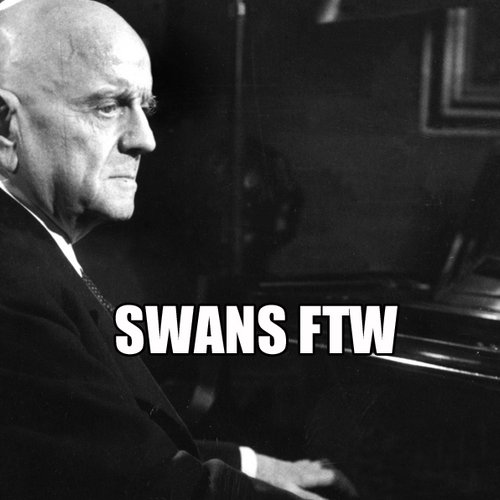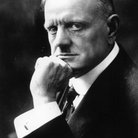7 reasons why you should listen to Sibelius’ Symphony No. 5 RIGHT NOW
6 February 2019, 12:33 | Updated: 6 February 2019, 12:54
From an ‘orgasmic’ accelerando to that utterly glorious swan theme, these are the greatest moments in one of Sibelius’ most unusual works – according to Estonian maestro Paavo Järvi.
-
It starts with an olde worlde horn chorale
via Giphy/Berliner Philharmoniker “It’s an odd symphony for a young person to hear for the first time, because nothing really works the way a normal symphony should work,” says Järvi.
“It starts out with this enigmatic horn chorale. It feels like the music starts from somewhere far away, as if it’s preparing a scene for something that happened a long time ago, perhaps a few centuries ago.”
Here's why Sibelius' 5th Symphony has the greatest finale of all time >
-
Then, a mega-swirly woodwind figure
via GIPHY “And then once this little chorale ends, there’s a fermata, followed by a slowly rocking and swaying woodwind figure, that starts alternating with the clarinets and bassoons and flutes.
“You don’t really know what’s happening or where it’s going – but finally, you realise there’s some kind of a pattern.”
-
That ‘orgasmic’ accelerando
via GIPHY “The end of the first movement is marked ‘poco a poco stretto’, meaning it gets faster and faster.
“For me,” Järvi continues, “It’s almost an orgasmic climax, because this accelerando feels unstoppable – the brass are playing these chords, and the strings are playing their wild arpeggios. It’s a literally climactic moment.”
-
But the next bit is strangely... anticlimactic
via GIPHY “In the ‘Andante mosso’, you have this [Järvi hums a folksy tune]. This is not a romantic melody, it’s fiddle music, and it should be played in a folk music style. It’s charming and should never feel profound, which is very often the case in some interpretations.
“This movement ends, for most people, in a totally unsatisfying way. But in a way, it’s totally brilliant because it isn’t meant to be anything big, and it’s like Sibelius saying, ‘I’ve said everything I need to say, that’s it.’”
-
Confusion… and a load of mosquitos
via GIPHY “When the Allegro [the final movement] starts, you’re confused again. It’s like there are a load of mosquitos. Everyone is playing in different rhythms and you have this texture that isn’t really music – it feels like a cushion.
“On top of that cushion, there’s this odd ‘ba-dam-bam!’. This melody appears with growing regularity, and you have slowly something more concrete, moving into the Swan theme.”
-
THE SWAN THEME IS HERE
via GIPHY “In the beginning when you hear something for the first time, you just can’t figure out what’s happening. And that’s the genius of Sibelius – he draws you in and makes you discover what he finally wants to say.
“And when you get to this point where everything comes together, it’s such a feeling of satisfaction. It’s almost physically gratifying, like, ‘I get it now’.”
-
An unexpected ending
via GIPHY “Sibelius does something totally unexpected with the ending: he ends it with [six massive] chords.
“And it scares audience who hear it for the first time. After the first chord, usually somebody starts applauding, after the second chord somebody else starts applauding, and when the piece is finished there’s total silence because people are so ashamed that they applauded after the first chord.
“But if it’s done right and if the timing is right and it’s done with conviction, it could not be more effective,” says Järvi. “It has an unbelievable sense of inevitability.”
Paavo Järvi's recording of Sibelius' Complete Symphonies with the Orchestre de Paris is available to stream, buy and download now!









